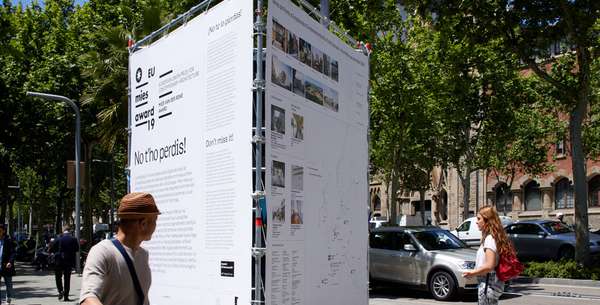Idea by
Sarantis Georgiou
Call for ideas 2021
Cultivated Ecologies
Cultivated Ecologies
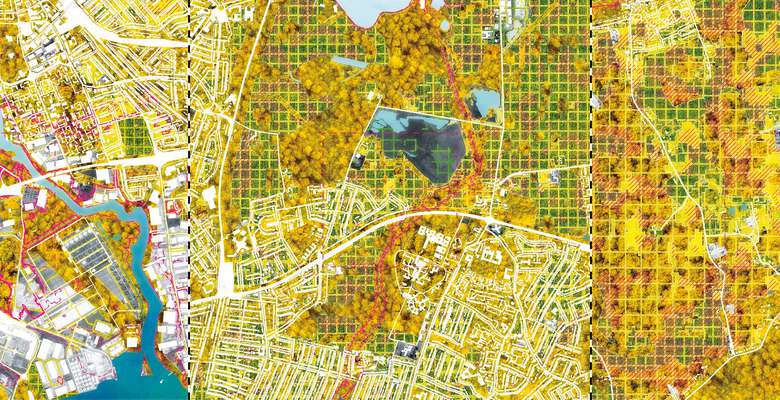
- Systemic changes
The project hypothesizes that an increase in ecological density throughout urbanized landscapes could sufficiently address risk from exposure to several flood-related hazards (coastal/tidal, fluvial and pluvial). The design research process seeks congruence between the horizontal (surface) and the vertical (subsurface) composition/configuration of urban space and hydrological dynamics, effectively suggesting hybrid agglomeration-operational performative landscapes. The idea puts forward a new paradigmatic image of urbanity, away from the ‘city-countryside’ dichotomy, where spatial planning addresses contemporary conditions of climatic risk through repurposing ‘nature’ as the basis for modern urban programmes, grounded upon an active citizen participation in new urban ecological economies. As such, it suggests that the architecture of the urban be the project of cultivation: productive performative green-blue ecologies structuring the patterns of everyday life and urbanized space.

Topological (‘vertical’) and chorological (‘horizontal’) landscape analysis of the composition/configuration of open green patches for the ecological region of the Seven Kings Water sub-watershed catchment/basin.
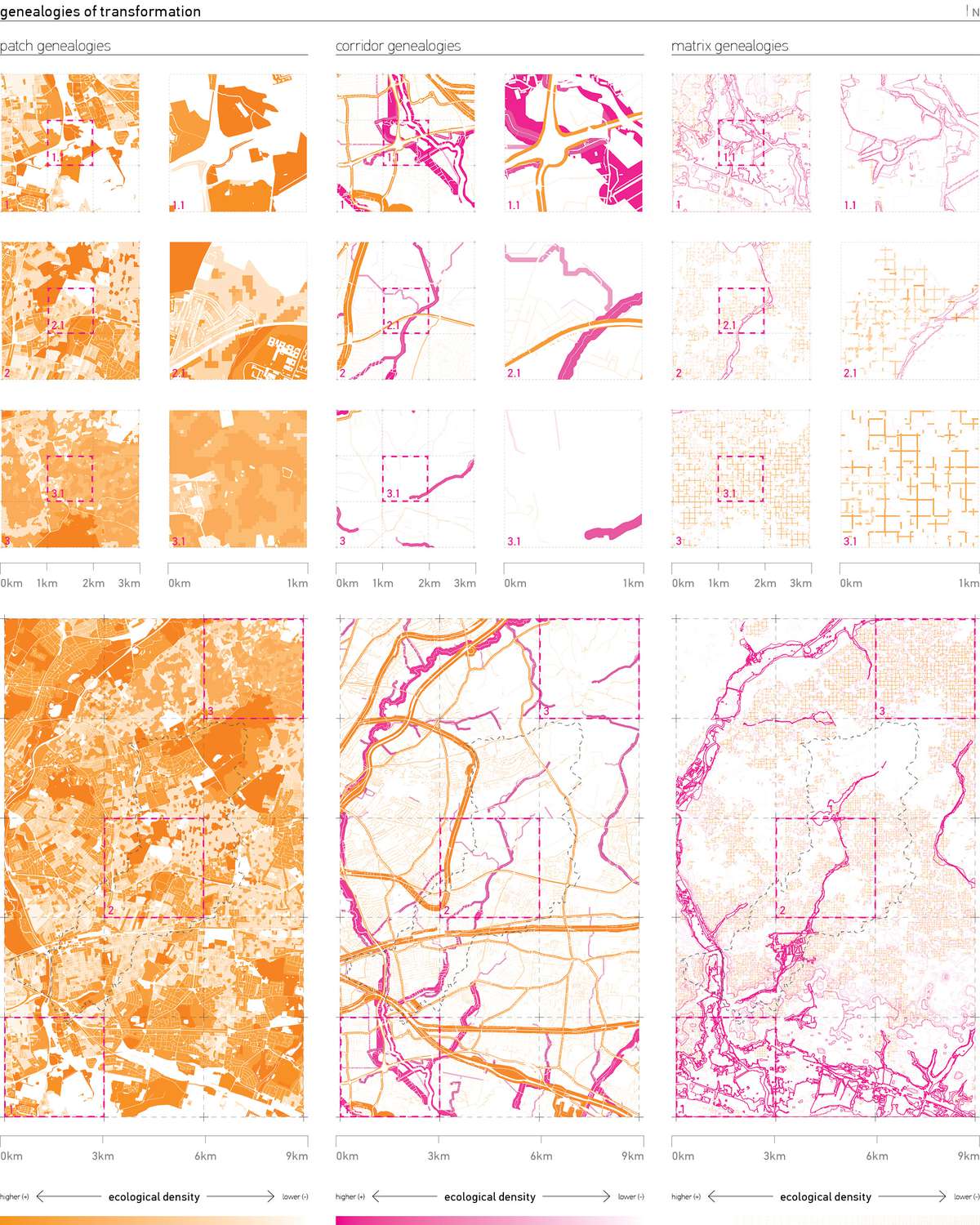
Genealogical classification of the spatial extent on the basis of different degrees of ecological density (thus, different degrees of projected water-sensitivity) through the three (3) landscape ecological units (patches, corridors, matrices).
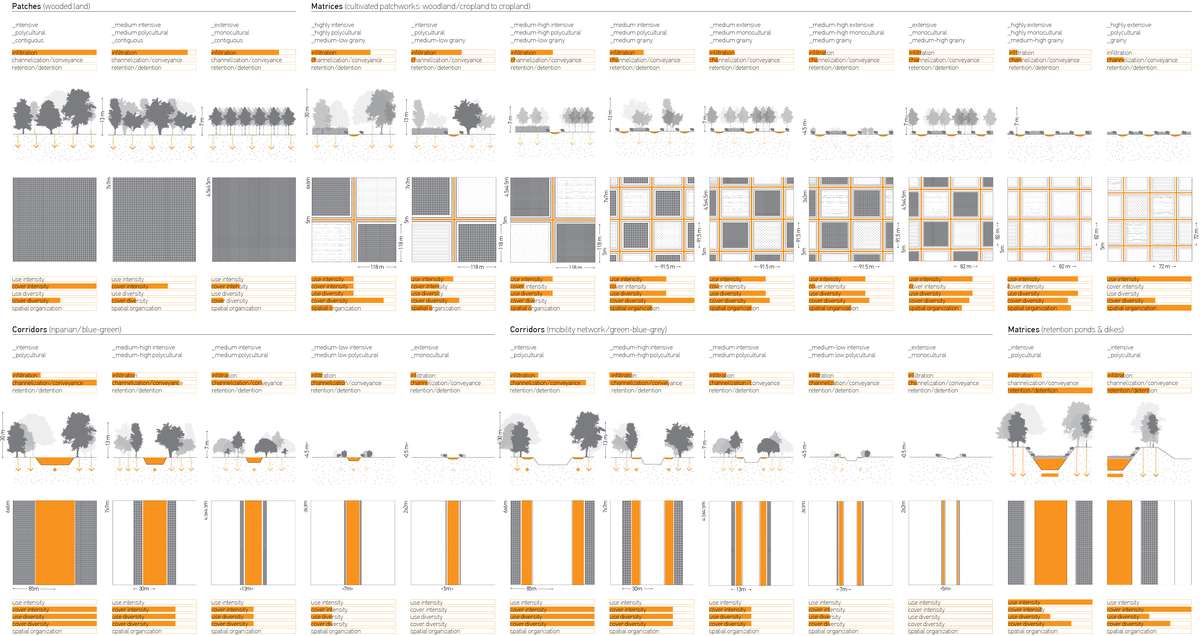
Catalogue of twenty four (24) cultivated landscape ecologies: morphological typologies of performative ecological density.
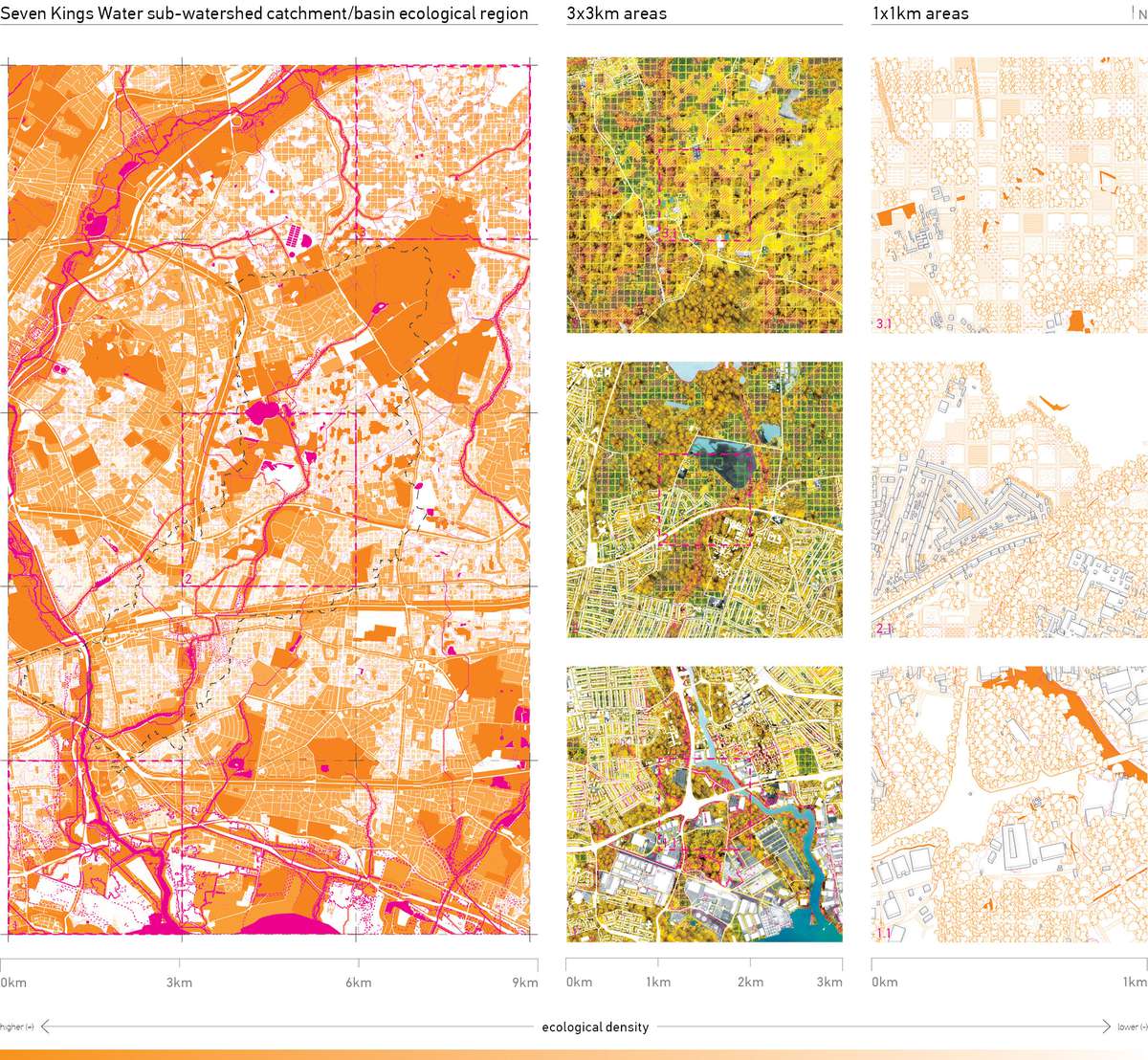
Cumulative landscape syntax for the ecological region of the Seven Kings Water sub-watershed catchment/basin and 3x3km and 1x1km focus areas.
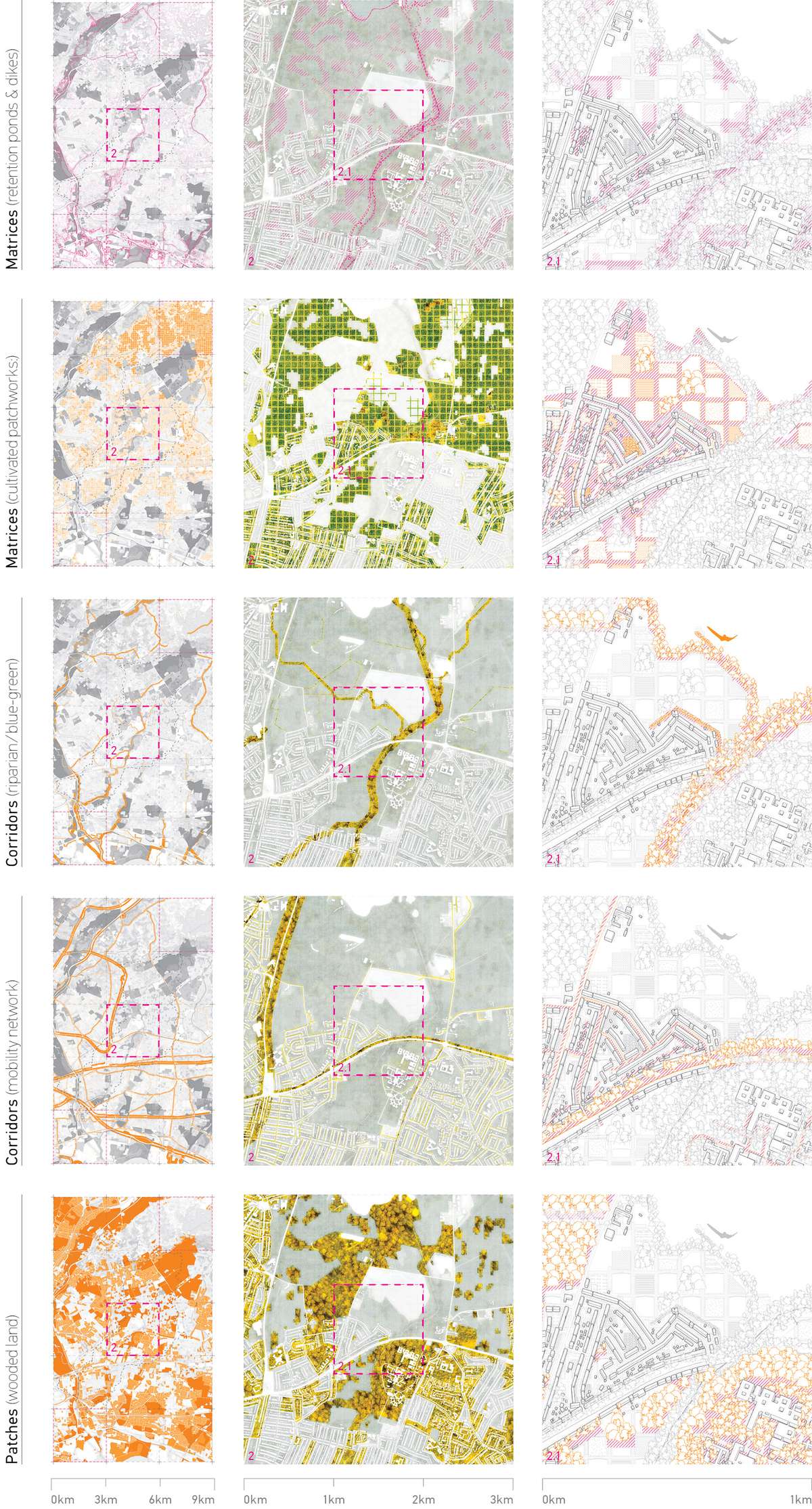
Decomposition of the cumulative landscape syntax into its constituent elements, on the basis of the spatial strategies and design guidelines that underpin their deployment/implementation.
Cultivated Ecologies
Cultivated Ecologies

- Systemic changes
The project hypothesizes that an increase in ecological density throughout urbanized landscapes could sufficiently address risk from exposure to several flood-related hazards (coastal/tidal, fluvial and pluvial). The design research process seeks congruence between the horizontal (surface) and the vertical (subsurface) composition/configuration of urban space and hydrological dynamics, effectively suggesting hybrid agglomeration-operational performative landscapes. The idea puts forward a new paradigmatic image of urbanity, away from the ‘city-countryside’ dichotomy, where spatial planning addresses contemporary conditions of climatic risk through repurposing ‘nature’ as the basis for modern urban programmes, grounded upon an active citizen participation in new urban ecological economies. As such, it suggests that the architecture of the urban be the project of cultivation: productive performative green-blue ecologies structuring the patterns of everyday life and urbanized space.

Topological (‘vertical’) and chorological (‘horizontal’) landscape analysis of the composition/configuration of open green patches for the ecological region of the Seven Kings Water sub-watershed catchment/basin.
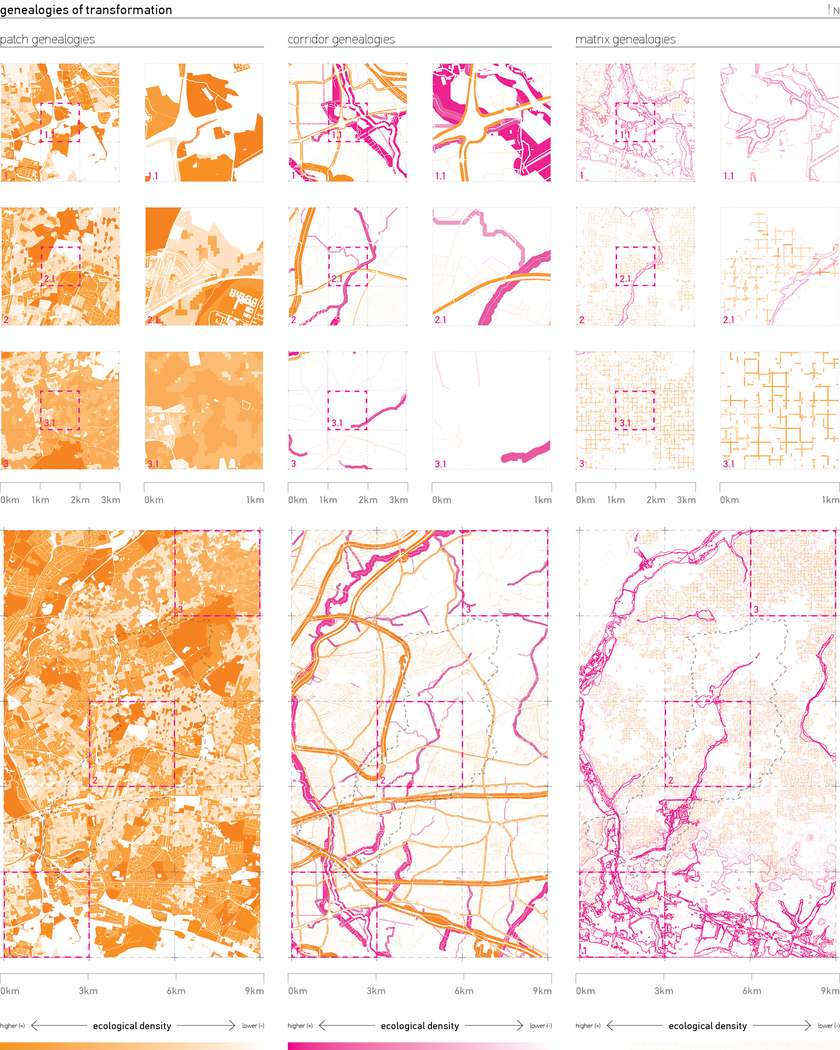
Genealogical classification of the spatial extent on the basis of different degrees of ecological density (thus, different degrees of projected water-sensitivity) through the three (3) landscape ecological units (patches, corridors, matrices).
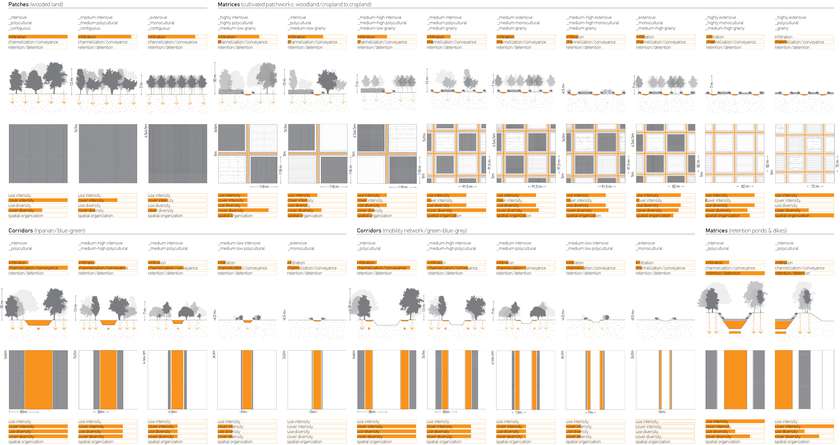
Catalogue of twenty four (24) cultivated landscape ecologies: morphological typologies of performative ecological density.

Cumulative landscape syntax for the ecological region of the Seven Kings Water sub-watershed catchment/basin and 3x3km and 1x1km focus areas.
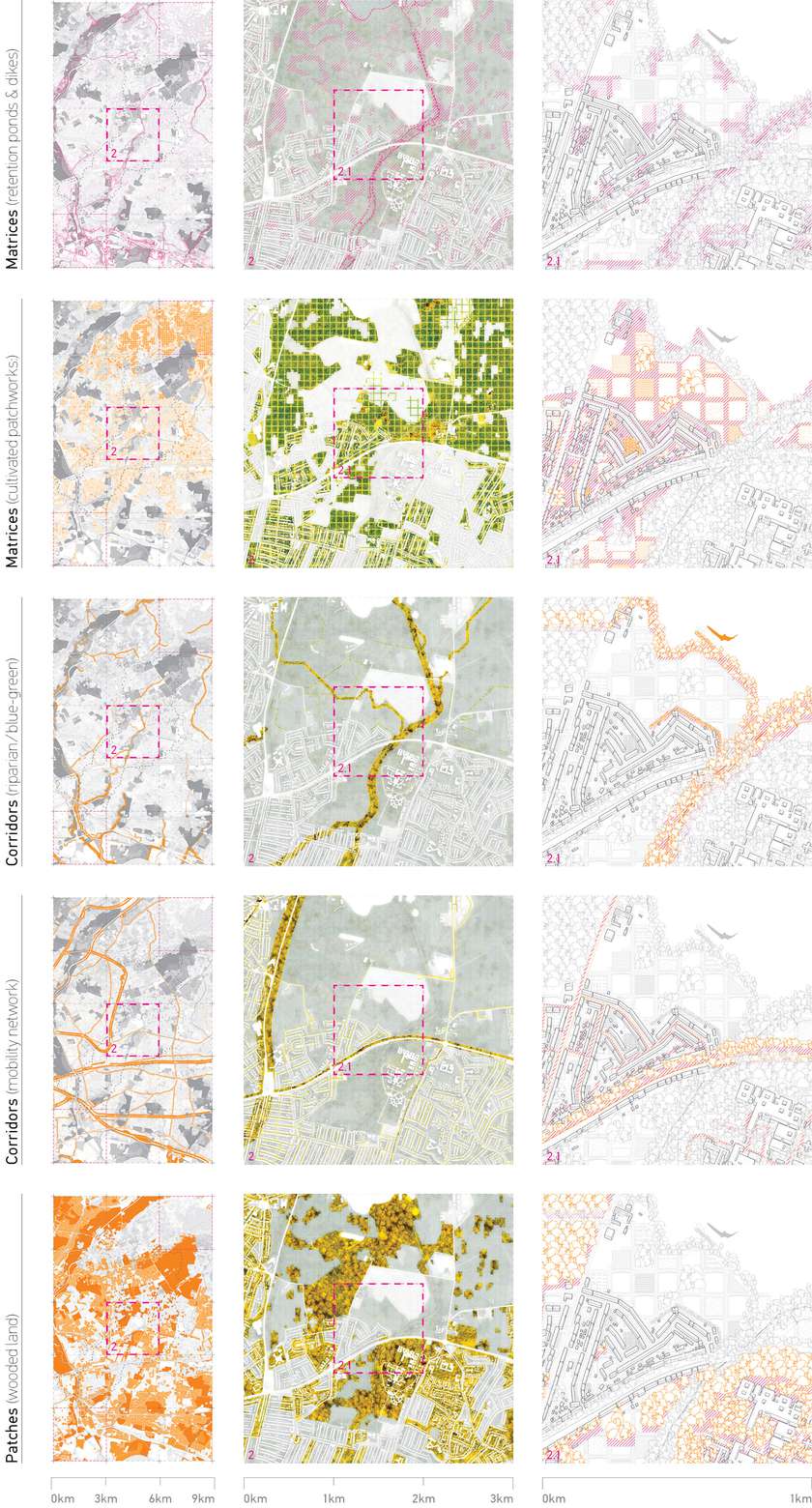
Decomposition of the cumulative landscape syntax into its constituent elements, on the basis of the spatial strategies and design guidelines that underpin their deployment/implementation.
